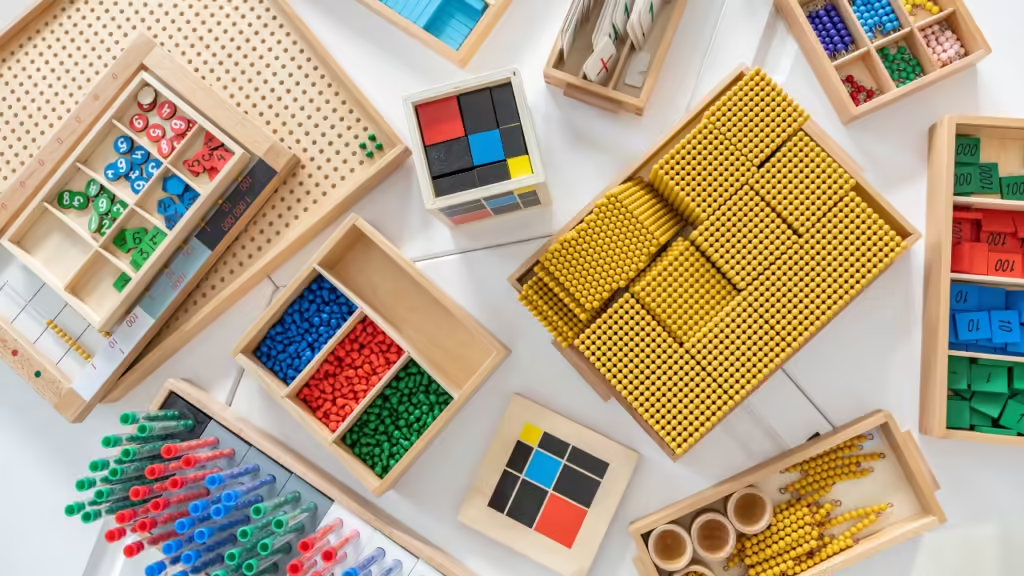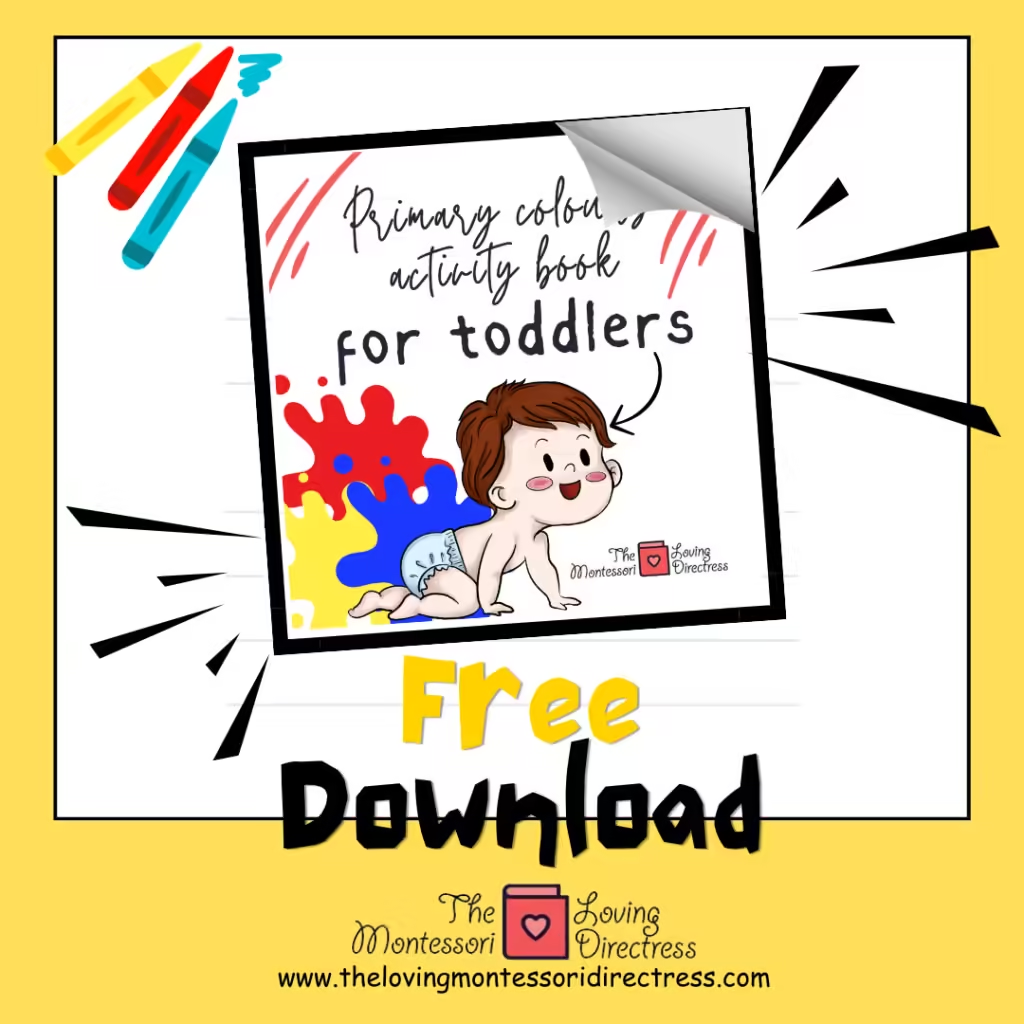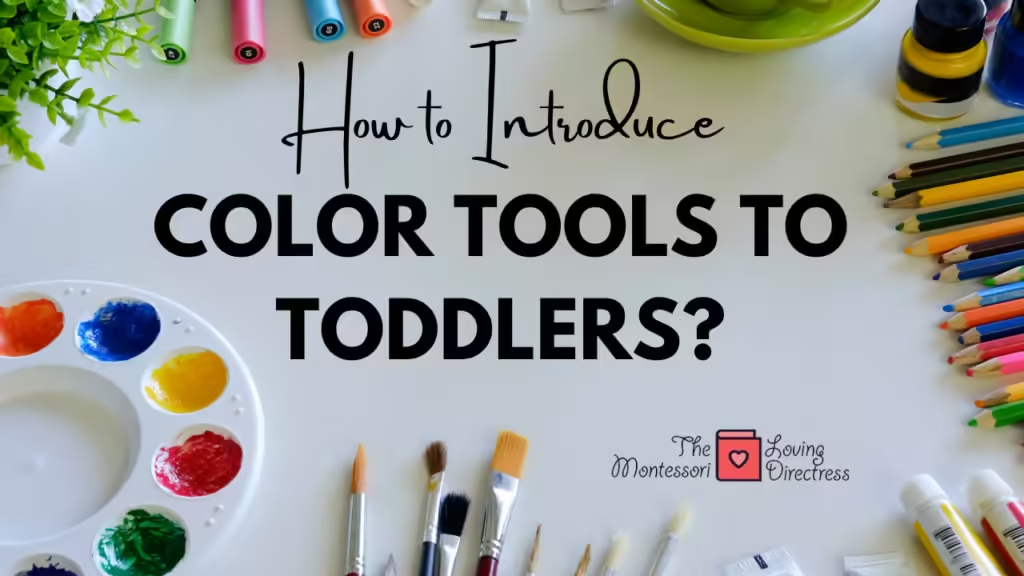Introduction:
Introducing color tools to toddlers is an important step in their developmental journey. It not only fosters creativity but also plays a crucial role in enhancing their cognitive, motor, and sensory skills. However, knowing how and when to introduce these tools is key to ensuring a positive and enriching experience for both the child and the caregiver. In this article, we delve into the science behind introducing color tools to toddlers and provide practical guidance on when and how to do it effectively.
Scientific approach on teaching colour tools to toddlers:
The scientific research and approach on introducing color tools to toddlers are grounded in child development theories and empirical studies that emphasize the importance of early sensory experiences, fine motor skill development, and cognitive stimulation. Here are some key aspects supported by scientific research:
Sensory Stimulation:
Introducing color tools to toddlers provides valuable sensory stimulation, engaging their visual and tactile senses. Research suggests that sensory experiences in early childhood play a critical role in brain development, laying the foundation for future learning and cognitive abilities.
Fine Motor Skill Development:
Coloring activities require toddlers to manipulate crayons or colored pencils, promoting the development of fine motor skills and hand-eye coordination. Studies have shown that early engagement in activities that involve fine motor skills can have a positive impact on overall motor development and readiness for academic tasks later in life.
Cognitive Benefits:
Coloring activities involve cognitive processes such as decision-making, problem-solving, and spatial awareness. Research indicates that engaging in creative activities like coloring stimulates various areas of the brain, including those responsible for imagination, memory, and attention. These cognitive benefits contribute to the holistic development of toddlers.
Self Expression & Creativity:
Introducing color tools encourages toddlers to express themselves creatively and explore their imagination. Research suggests that fostering creativity in early childhood can lead to greater self-confidence, resilience, and adaptability later in life. Coloring activities provide toddlers with a safe and non-verbal outlet for self-expression, allowing them to communicate thoughts and feelings in a meaningful way.

Maria Montessori’s approach in teaching colours to toddlers:
Maria Montessori’s approach to introducing color tools to toddlers aligns with her broader philosophy of child-centered learning and hands-on exploration. In Montessori education, materials are carefully selected and presented to facilitate independent discovery and promote the development of essential skills.
Montessori Color Tablets:
Montessori Color Tablets consist of a set of wooden tablets in various shades of colors, typically organized from darkest to lightest. Toddlers are invited to match each tablet with its corresponding color, promoting color discrimination and visual perception. The tablets are designed to isolate the perception of color, allowing toddlers to focus on one element at a time and develop a keen sense of color awareness.
Color Mixing Bowls:
Montessori Color Mixing Bowls are sets of bowls in primary colors (red, blue, and yellow) along with additional bowls for secondary colors (orange, green, and purple). Toddlers are encouraged to explore color mixing by combining different primary colors to create secondary colors. This hands-on activity not only teaches color theory but also fosters experimentation, problem-solving, and creativity as toddlers observe the magical transformation of colors.
Color Sorting Trays:
Montessori Color Sorting Trays consist of trays with compartments and a set of objects or manipulatives in various colors. Toddlers are tasked with sorting the objects by color and placing them in the corresponding compartments. This activity enhances color recognition, fine motor skills, and cognitive organization as toddlers categorize and classify objects based on their color attributes.
Color Bead Stair:
The Montessori Color Bead Stair is a set of wooden beads in varying shades of colors, arranged in a stair-like pattern. Toddlers are invited to sequence the beads from darkest to lightest, reinforcing color gradation and visual discrimination. This activity also introduces concepts of quantity and size as toddlers observe the progression of colors from one bead to the next.
Rainbow Ribbon Ring:
Montessori Rainbow Ribbon Rings consist of wooden rings with ribbons in rainbow colors attached to them. Toddlers are encouraged to explore movement and coordination by waving and twirling the ribbons. This activity not only introduces colors but also promotes gross motor skills, spatial awareness, and sensory integration as toddlers engage in rhythmic and expressive movements with the ribbons.
A visual learning aid to introduce colours to toddlers:
Best ways to introduce colours to toddlers according to researchers:
- “Early Color Exposure Enhances Toddlers’ Cognitive Development”: According to Dr. Karen Adolph, Professor of Psychology and Neural Science at New York University, research has demonstrated that early exposure to a variety of colors in a nurturing environment can positively impact toddlers’ cognitive development.
- “Parental Involvement Crucial in Teaching Toddlers About Colors”: Dr. Sarah Jones, Associate Professor of Child Development at Stanford University, emphasizes the significance of parental involvement in color education. Her research suggests that positive interactions between caregivers and toddlers during color-related activities contribute significantly to learning outcomes.
- “Hands-On Learning Facilitates Color Concept Acquisition in Toddlers”: Dr. Michael Chang, Research Scientist at the Institute of Education Sciences, highlights the effectiveness of hands-on learning experiences in teaching toddlers about colors. His studies show that interactive activities, such as sorting and matching colorful objects, promote active engagement and deeper understanding.
- “Multisensory Approaches Enhance Color Learning in Toddlers”: Dr. Emily Wang, Developmental Psychologist at Harvard University, advocates for the integration of multisensory experiences into color education. Her research indicates that combining visual, auditory, and tactile stimuli enriches toddlers’ learning experiences and promotes holistic development.
- “Play-Based Learning Promotes Color Recognition Skills in Toddlers”: Dr. David Smith, Professor of Early Childhood Education at the University of California, emphasizes the importance of play-based learning in color education. His studies demonstrate that incorporating colors into playful activities, such as art projects and pretend play scenarios, fosters creativity, problem-solving skills, and social interaction among toddler.
Free Primary colours activity book to introduce colours to toddlers:

- Free Primary Colors Activity Book for Toddlers
- Focuses on the three primary colors: red, blue, and yellow
- Includes visual vocabulary-building pages for each color
- Features interactive activities to reinforce color recognition
- Offers fun, hands-on tasks to engage toddlers in learning
- Designed to make color exploration educational and enjoyable for early learners
Perfect for parents and educators to introduce toddlers to colors in a fun, structured way!

